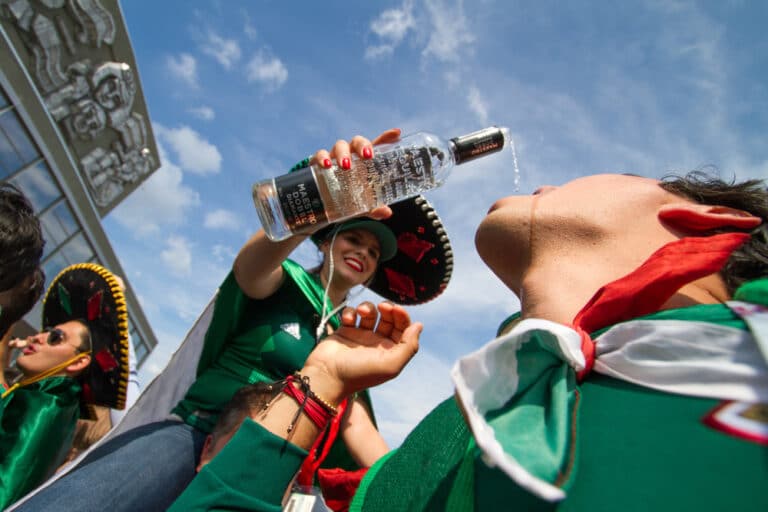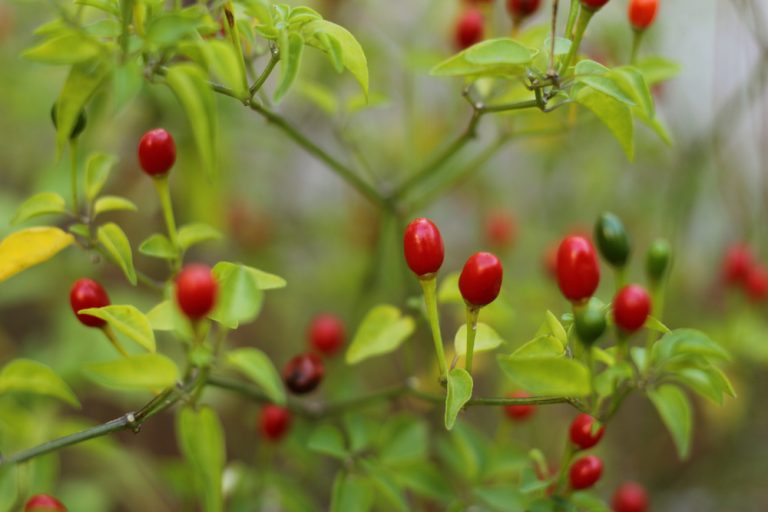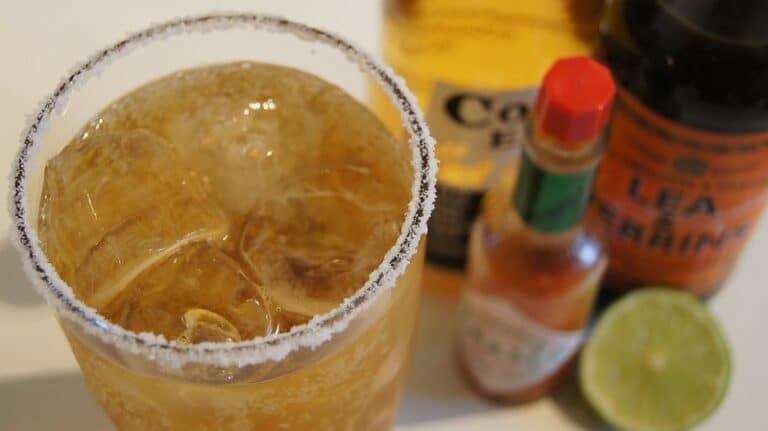Tejuino: A Deep Dive into Mexico’s Refreshing “Elixir”
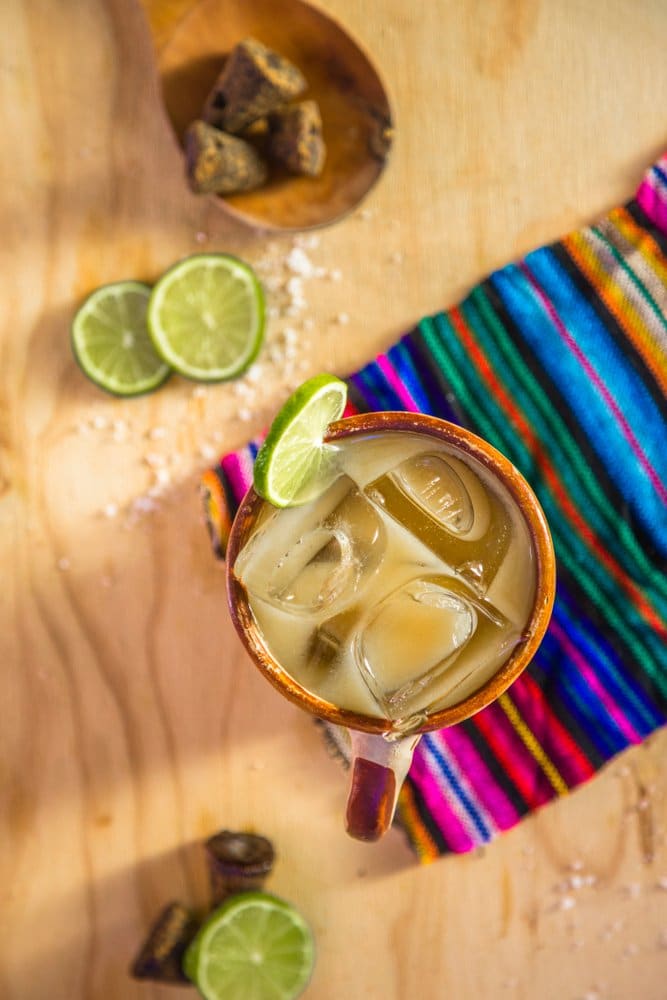
Tejuino is a traditional Mexican drink that has been enjoyed for centuries.
This delicious and refreshing beverage is made from fermented corn and is often served during the hot summer months.
Despite its long history, many people outside of Mexico are unfamiliar with tejuino and its unique flavor.
In this blog post, we will delve into the history of Tejuino, the ingredients and processes used to make it, and its cultural significance in Mexico.
Where is Tejuino most popular?
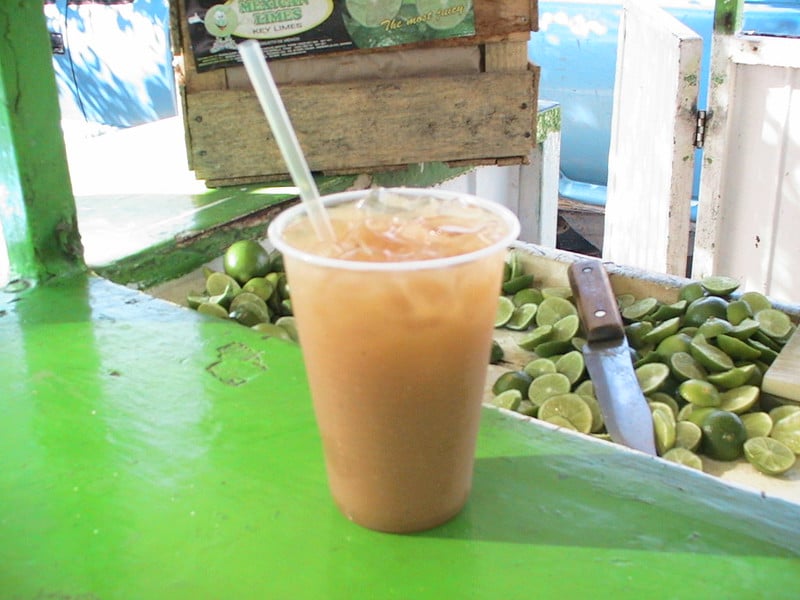
Again Tejuino is a popular beverage in central Mexico, especially in Guadalajara.
However, its consumption has rapidly spread to other Mexican states such as Veracruz, Nayarit, Michoacán, Baja California Sur, and Colima.
There is also a variety of traditional beverages in Mexico made from corn substrates with different processes such as:
- Tesguino- made by the Tarahumaras in the State of Chihuahua
- Pozol– made in southern Mexico and associated with the Mayan culture
- Tejate– from Oaxaca
- Atole agrio– from Puebla
- Tejuino- made in Guadalajara, the capital city of Jalisco
In this case, tejuino is a type of corn-based beer with a malting process where the corn kernel is germinated with water; the germination is interrupted so it can be cooked and hydrolyze as many sugars (starches) as possible, and the resulting malt is fermented.
Interesting facts about Tejuino
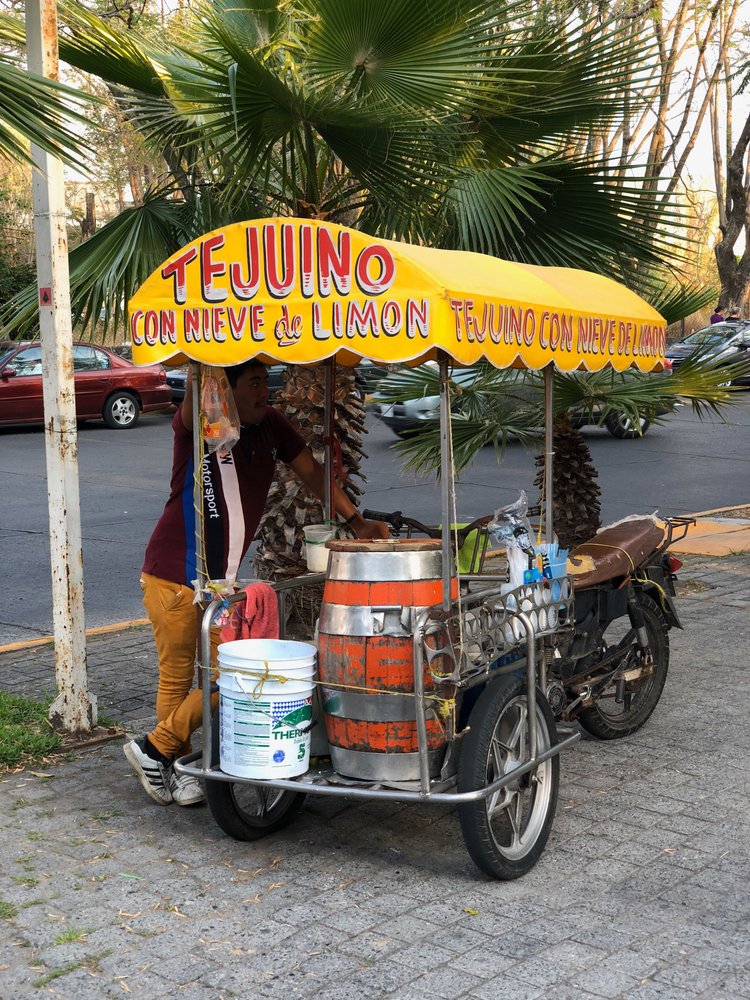
It is a viscous beer with very light alcoholic content that the Tarahumaras use in traditional religious ceremonies; it is consumed by both adults and minors in the community.
Tejuino can be made in two ways:
- Fermented corn dough (masa) formulated with piloncillo (a form of raw caramelly sugar) and water to obtain the drink and served with salt and lemon
- The most common process consists of adding fermented atole.
In a study conducted by Mexican Scientists, pathogenic and beneficial bacteria were found during the characterization of the fermentation process in both processes.
As I mentioned before, the Tarahumaras and Yaquis prepare and use tejuino for ceremonial purposes and drink it as an offering to sacred figures in their traditional Catholic ritual feasts.
In the Valley of Tehuacan, Puebla, archaeological excavations have been found that prove that tejuino was prepared thousands of years ago in an artisanal way.
It’s called the drink of the gods because it is made from corn, which in Nahuatl means “the food of the gods.”
Piloncillo, Tejuino’s key ingredient
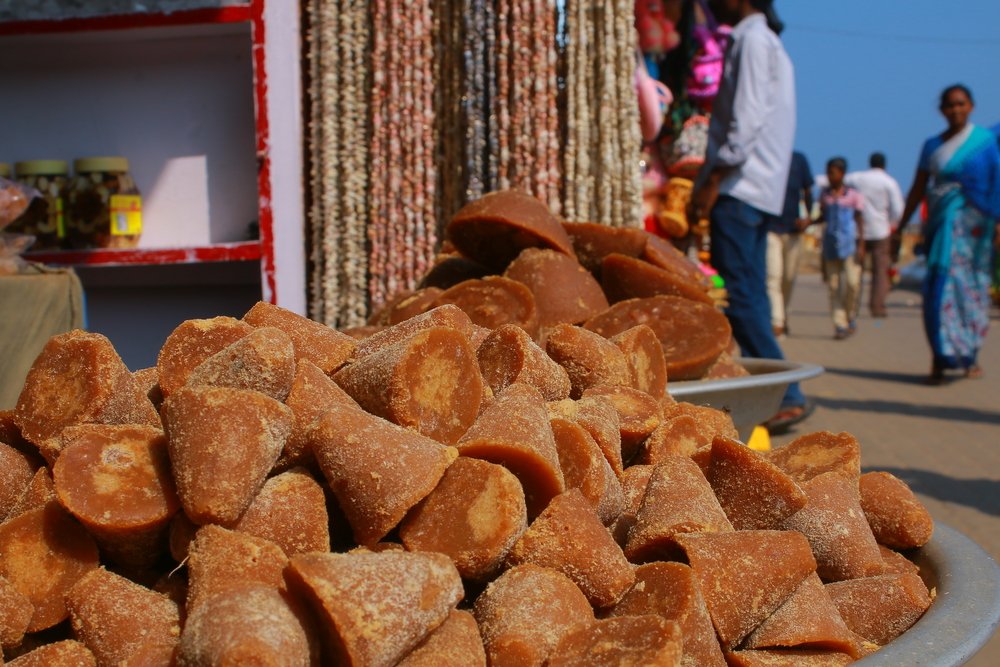
Piloncillo or “chancaca” comes from the Nahuatl word chiancaca, which means “brown sugar.” It is prepared from undistilled sugar cane juice.
In 1493, at the time of the conquest of America by the Spaniards, the cultivation of sugar cane was introduced during the culinary mestizaje.
Along with this new crop came the sugar mills, milling, and its different products. At that time, it was the main source of sweeteners for peasants and rural inhabitants.
How is Piloncillo made?
The traditional piloncillo manufacturing process may vary according to the area and customs.
In general, the following steps are followed:
- The sugar cane is harvested and squeezed to obtain the juice (trapiches)
- The leftover bagasse is left to dry and is used to stoke the oven
- The cane juice is heated in the oven to boiling point
- It is transferred to a stirrer that doesn’t stop turning until it makes the “sugar” thick
- Then it gets poured into cone-shaped wooden molds, as piloncillo is commonly known
- Once cold, it is unmolded and packed for distribution
The clarity of the piloncillo is related to quality; that is, the clearer and sweeter the piloncillo, the better the product.
An average of 10 to 12 tons of sugar cane is needed to obtain one ton of piloncillo, depending on moisture and sugar concentration. It is important to remember that it is a natural sweetener with no added chemicals.
Tejuino Recipe: Make yours at home!
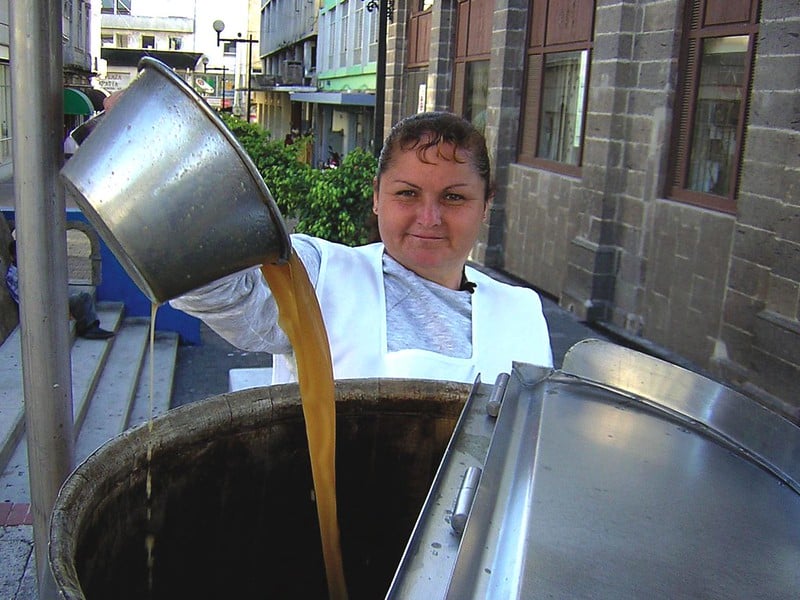
Now that you know all about tejuino, it’s time to make your own and surprise your guests.
Ingredients:
- 500 gm corn dough
- 500 gm of piloncillo
- Juice of 1 lime
- Piquín chili bell pepper
- Salt
- Lemon sorbet (optional)
Instructions:
- Boil ½ liter of water, lower the heat, and add the piloncillo. Stir until the piloncillo dissolves
- Blend 2 and a half cups of water with the corn masa until smooth and strain into the pot of water with the piloncillo
- Leave on the heat for 10 minutes, until a consistent form is achieved
- Wait until it cools and add the lemon juice. Cover the mixture with a lid or cloth and let it ferment for two days
- Serve in a glass frosted with salt and lemon and add the chile piquín
- You can accompany the drink with a lemon sorbet (my favorite)
I hope you get to try this beverage at some point. It is a bit intimidating at first, but once you taste it, you will love it!
As I mentioned above, try it with extra lime juice, salt, and a floater of lime sorbet. Let us know what you think and share your comments with us. Salud!


